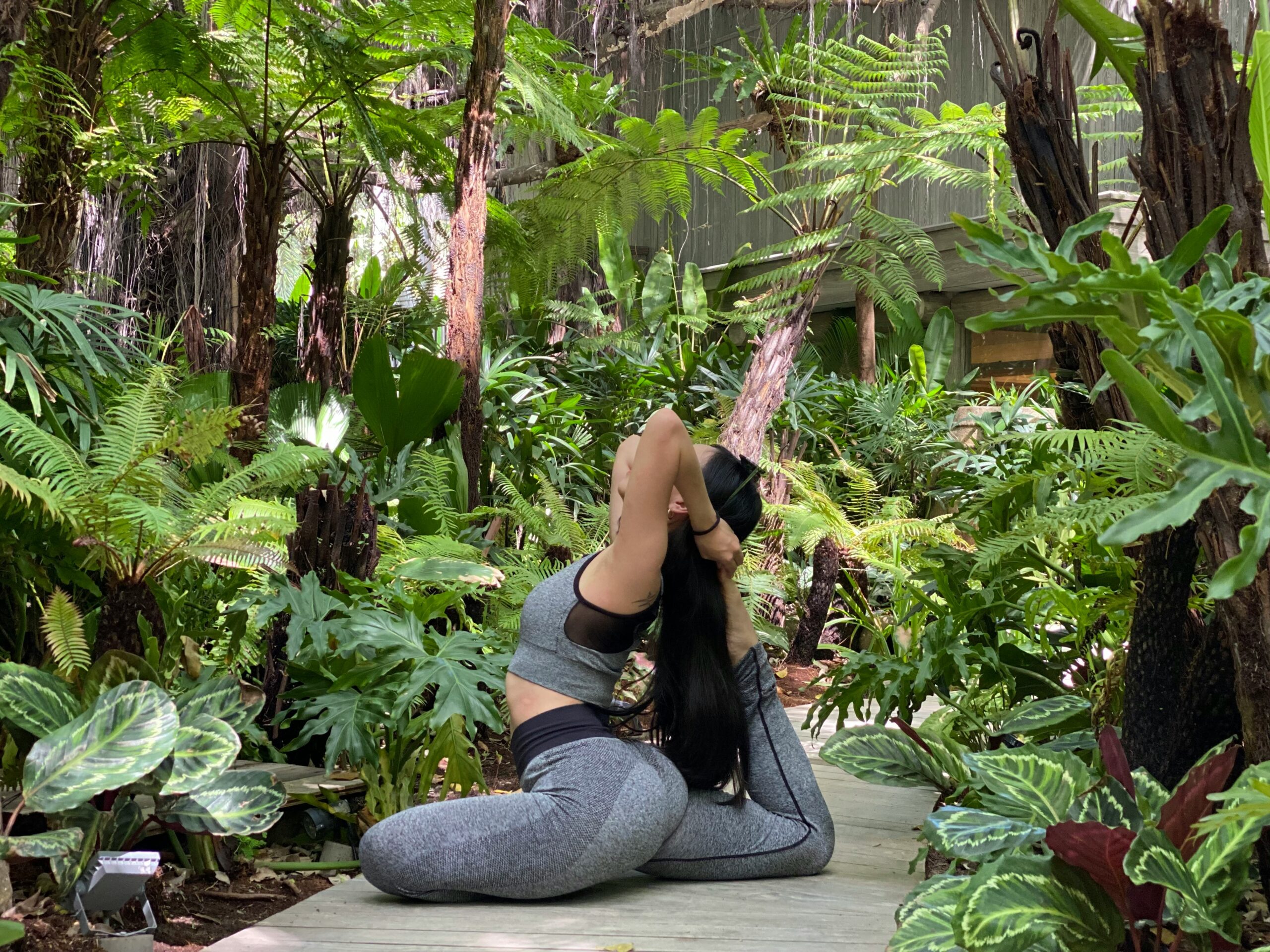
In a world dominated by technology and constant busyness, it’s easy to feel disconnected from nature. Yet, gardening and yoga offer powerful practices for fostering a deeper bond with the natural world. These two activities enrich physical health and promote emotional well-being and mental clarity. When practiced together, gardening and yoga allow one to ground oneself in nature, foster mindfulness, and cultivate balance in life.
Gardening as a Path to Mindfulness and Relaxation
Gardening offers a unique way to connect with the earth, providing a soothing outlet for stress while promoting mindfulness. As gardeners tend to plants, they become more attuned to the natural rhythms of growth and change. Planting, nurturing, and caring for plants encourages a peaceful mind and helps individuals slow down and live in the present moment.
One of the key benefits of gardening is the ability to cultivate patience. Plants require time and care to grow, which teaches gardeners to be patient and mindful of the processes happening around them. This mindfulness, coupled with the tactile experience of working with soil and plants, offers a calming and grounding effect. It is a practice that requires full attention, which helps gardeners escape from the mental clutter of everyday life and embrace a state of relaxation.
The Healing Power of Nature: Gardening for Physical and Mental Health
In addition to its calming effects, gardening has numerous physical and mental health benefits. Physically, gardening is an excellent form of low-impact exercise. Digging, planting, weeding, and tending to plants can help improve strength, flexibility, and stamina. The repetitive motions involved in gardening also have therapeutic effects similar to those found in yoga, promoting relaxation and reducing muscle tension.
Mentally, gardening offers a natural way to reduce stress and boost mood. Studies have shown that spending time in nature, particularly in green spaces, positively affects mental health. Being around plants and spending time outdoors can help lower cortisol levels, the hormone associated with stress. Gardening also promotes feelings of accomplishment and pride as the gardener witnesses the fruits of their labor come to life. This sense of achievement can foster greater emotional resilience, helping individuals cope with the challenges of daily life.
Gardening and Yoga: A Synergistic Practice for Connecting with Nature
Yoga and gardening create a synergistic practice that nurtures both body and mind. Yoga, focusing on mindfulness, flexibility, and strength, complements the physical demands of gardening. The deep breathing and mental focus inherent in yoga can enhance gardeners’ mindful approach when tending to their plants. In return, gardening allows individuals to practice the mindfulness and grounding techniques learned in yoga, cultivating a deeper connection with nature.
Certain yoga poses, such as the “Tree Pose” or “Child’s Pose,” directly align with the principles of gardening. The Tree Pose, for example, symbolizes rootedness and growth, echoing the connection between a gardener and the earth. Likewise, deep, conscious breathing during yoga mirrors nature’s rhythm, promoting the deep, calming breaths that accompany gardening work. These practices harmonize the mind and body, fostering a peaceful and centered state of being.
Yoga for Physical Flexibility and Strength to Enhance Gardening Efforts
Yoga, focusing on flexibility and strength, is the perfect complement to gardening, which requires physical endurance and mobility. The stretches and poses practiced in yoga can help improve flexibility, particularly in areas often tight for gardeners, such as the hips, back, and shoulders. By improving flexibility, yoga reduces the risk of injury, making it easier for individuals to engage in gardening without experiencing strain.
Additionally, yoga strengthens the core and stabilizes muscles, which is crucial for maintaining balance and posture while gardening. For instance, repetitive bending, squatting, and lifting during gardening can take a toll on the body over time. However, yoga’s focus on posture and alignment helps gardeners maintain good body mechanics, preventing injury and increasing overall strength. By practicing yoga regularly, gardeners can improve their mobility, stamina, and ability to work for more extended periods with less discomfort.
Cultivating Inner Peace Through the Connection of Yoga and Gardening
Both yoga and gardening offer profound ways to cultivate inner peace and connect with the present moment. Yoga teaches the importance of stillness, breath, and intention, while gardening requires patience and attention to detail. Both practices promote belonging to something larger than oneself, whether the vastness of nature or the interconnectedness of body and spirit.
In yoga, practitioners often focus on breathwork to center the mind and body. Similarly, gardeners can use their breath to maintain calm and focus while working in the garden. The act of gardening can be meditative, offering a space for reflection and quiet contemplation. The rhythmic motion of planting, watering, and tending to plants becomes a form of moving meditation, where the mind is free to wander, reflect, and reconnect with nature. As a result, these practices create a sense of balance and well-being, allowing individuals to nurture their plants and peace.